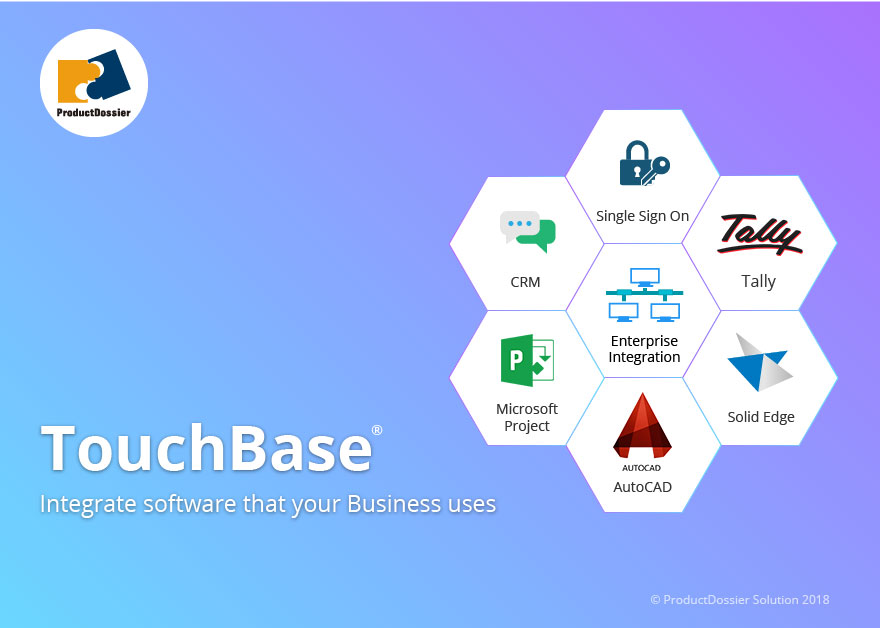Project Management Software Integration
In my interactions with professionals at various project management conferences and seminars, there are a host of topics are discussed. Most of the discussions culminate with one crucial question.
Which project management software do you or your organization use?
Just one question is all it takes to get the adrenaline rush.
I have observed that professionals, irrespective of the industry, are strangely possessive of the project management software they use. Such software could be home-grown or made available by technology vendors.
Try a google search for project management software, and the results would leave you overwhelmed and may be confused!
There are technology vendors who offer specialized software for specific aspects of project management. One could get different project management software for the following.
- Business Case Development
- Requirements Management
- Gantt Charts
- Scheduling
- Project Human Resources
- Risks & Issues
- Reporting and Dashboards
- Analytics
- Others
In addition to the above, organizations use enterprise applications for managing various business functions, some of which are listed below.
- Pre-Sales or CRM (Customer Relationship Management)
- New Idea Evaluation
- Inquiry and Proposals
- Bill of Material (BOM)
- Finance and Accounting
- Procurement and Inventory
- Microsoft Office
- Others
The intention here is not to get into an analysis that offers answers to the following questions.
- Which technology vendor is better?
- Which technology vendor is the cheapest?
- Which technology vendor is a ‘no-no’?
There is a much broader and fundamental problem that gets pushed under the carpet. We have observed even seasoned professionals falling into this trap.
The problem is – Project Management Software Integration!
Imagine a project manager in charge of a significant construction, engineering, software, or pharma project. To add to the level of complexity, how about multiple locations and geographies?
To a thorough project professional, it is not hard to visualize every day on such projects – nothing less than a hair-pulling exercise!
Most of a project manager’s time would end up in trying to make sense of the data that is dished out by each of the numerous project management software as mentioned earlier in the article. Before trying to make sense of the data, the worse part is to connect the dots meaningfully from various software or in simple words – get an integrated view! In other words, business leaders and professionals would struggle with one version of the truth!
Seriously, is this what a project manager and his PMO (project management office) ought to be doing?
Unfortunately, even today, most organizations have missed this vital piece of project management software integration. In one of my previous blogs, I had highlighted why organizations fell into the trap of multiple systems.
So, what is the way forward?
The strategies depend on how thick the organizational problem is!
Let us look at firms with a smaller software application footprint. It is relatively easy to accomplish project management software integration.
However, for enterprises with a broader software application landscape, it may require a different approach. Such firms may first need to lean out their applications before looking for integration.
If the scenario involves complicated software applications, then business leaders may have a minimal choice but to take a few hard decisions to sunset some of the software applications before attempting integration. In our opinion, tough decisions may be needed to revitalize the organizational environment.
Are there other options?
A much radical option would be to replace multiple and disparate applications with one comprehensive software. The million dollar question is – is there such a dream software?
The answer is – no!
An alternate strategy could be to look for project management software integration with minimal technology footprint along with an interface that ensures real-time integration.
Do we at least have such an integrating solution?
The genesis and the design of TouchBase® lie in our understanding of the organizational challenges and constraints around software applications, data integrity and accuracy, and ease of adoption.
Give TouchBase® a try and explore a new world of seamless project management software integration.





